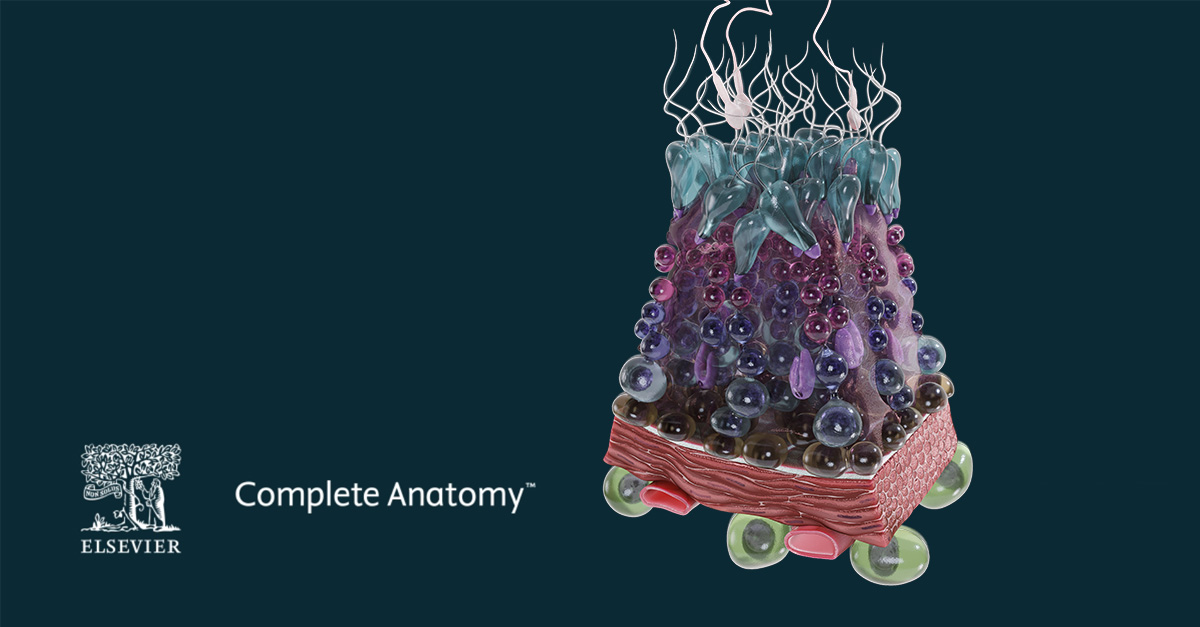
Spermatogenesis is the process whereby spermatozoa are formed. Spermatogenesis has two stages: spermatocytogenesis and spermiogenesis.
Spermatocytogenesis is the first stage of spermatogenesis, whereby spermatogonia develop into spermatocytes and eventually spermatids. Spermatogonia are the germ cells of spermatozoa. Type A dark (Ad) spermatogonia undergo mitotic division at irregular intervals giving rise to either a pair of cells of the same types, or a pair of type A pale (Ap) spermatogonia. Type Ap spermatogonia continue through many mitotic divisions and establish a population of progenitor cells, the type B spermatogonia. Type B spermatogonia undergo mitotic division to produce primary spermatocytes. Primary spermatocytes undergo two meiotic cell divisions so that the resultant haploid cells, called spermatids, contain half the original chromosome number and amount of DNA. Small cells, called secondary spermatocytes, arise from the first meiotic division. These cells are very sparse in the seminiferous epithelium because they rapidly enter the second meiotic division and give rise to spermatids.
The second stage of spermatogenesis is spermiogenesis. This involves the transformation of spermatids into spermatozoa. Unlike spermatocytogenesis, no cell division occurs during spermiogenesis. There are three phases including the Golgi, acrosomal, and maturation phase. At the end of the maturation phase, spermatozoa are released into the seminiferous tubule lumen.
It takes about 64 days from the commencement of the division of type B spermatogonia to the release of spermatozoa into the lumen of the seminiferous tubule. Spermatogenesis does not occur as a synchronous event along the length of the seminiferous tubule. Therefore, any given view of a section of the tubule will reveal different phases of spermatogenesis.
Check out the new Spermatogenesis Detailed Model in Complete Anatomy to learn more!
